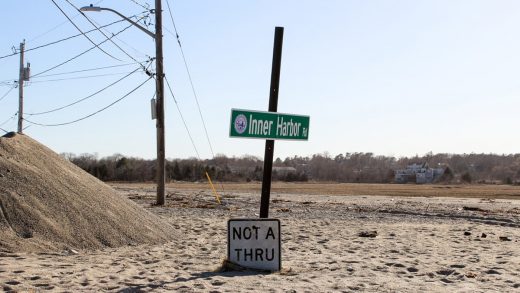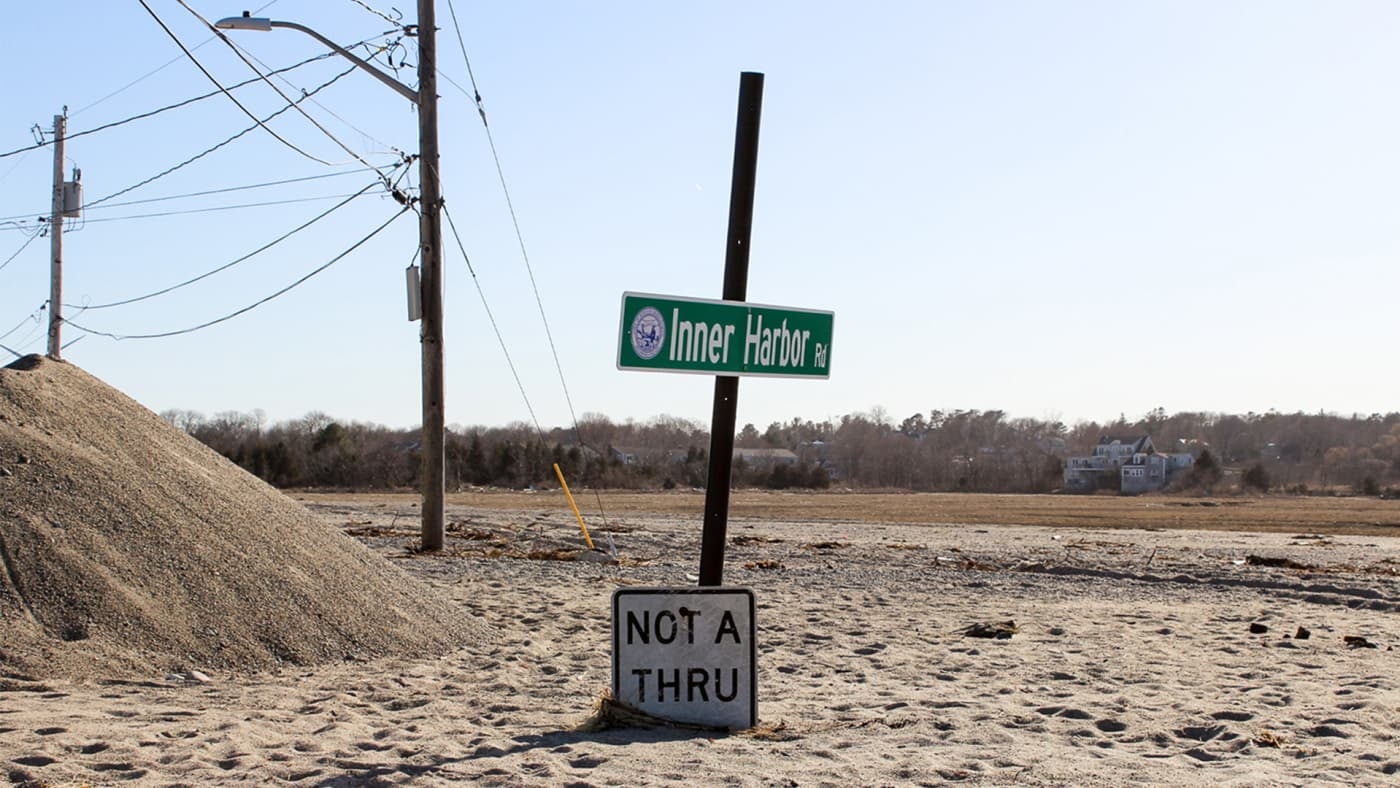How the Weather Channel is documenting the damage of climate change
The small waterfront town of Scituate, Massachusetts, has been through a lot this year. One of the parts of the country hardest hit by the four nor’easters that blew through the East Coast in March, Scituate saw homes destroyed and huge piles of sand lifted up by the wind and waves and deposited on Inner Harbor Road, where the street sign was stuck half-buried.
On the coasts, storms like these were expected–sometimes. A blizzard in 1978 swept through Scituate and tore houses off their foundations; 400 homes were damaged so badly that residents could not return to them. And yet, people continue to live in Scituate. “Scituate residents, hardened by years of storms past, know what they’ve signed up for. They know what comes with living on the coast and they take pride in doing so,” writes Andrew MacFarlane, in a feature on The Weather Channel. But after this winter, even the most stubborn longtime residents of the town are considering leaving.
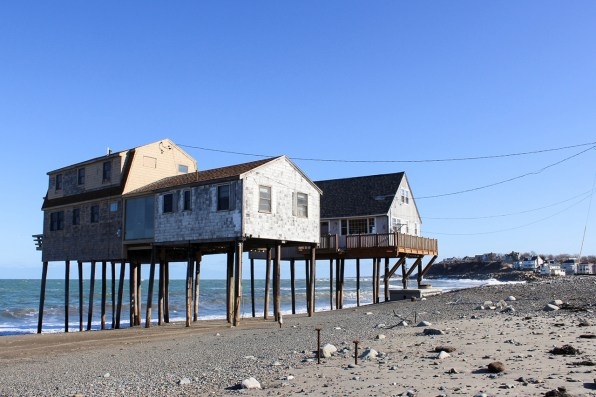
Forced migration due to the extreme weather events caused by climate change is happening in communities across the U.S. and the world, and the phenomenon is the subject of a new series on The Weather Channel, of which MacFarlane’s piece is among the first published. Called Exodus, the series will run through the end of this year, and document circumstances of climate migration across the world.
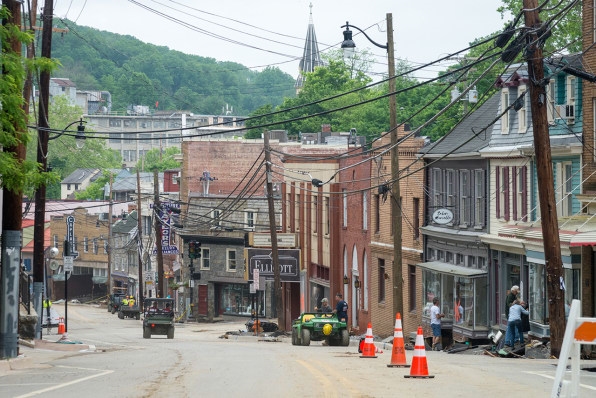
“We have had climate change as a pretty core part of our editorial menu for a long time,” says Kevin Hayes, executive editor of Weather.com. Last year, the site launched a project called The United States of Climate Change, which told a story on the impact of extreme weather from every state. Throughout the course of publishing the stories, forced migration stood out as a consistent theme. One story followed people forced off the Marshall Islands because of rising sea levels, as they tried to make a home in Springdale, Arkansas; another tracked the threat of constant flooding to the naval base and community of Norfolk, Virginia. “Migration wasn’t the core notion of the series, but it seemed very present,” Hayes says. So the next project, Exodus, focused explicitly on the subject.
The first three features, which went live on August 1, delve into flooding in both Scituate and Ellicott City, Maryland, as well as into drought and water scarcity in the country of Jordan. Hayes, along with Greg Gilderman, global head of news for The Weather Channel, and Patty Cox, the site’s executive editor, have put a call out to reporters and photographers across the world in an attempt to capture the global phenomenon of climate migration. While Hayes anticipates that the series will ultimately contain around 40 features, he’s fielding pitches every day for more stories.
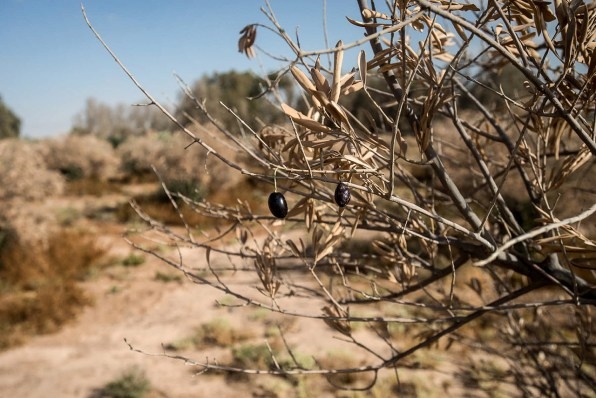
While each feature, Hayes says, takes forced migration as its core, the stories they tell vary widely by place. “Scituate, Massachusetts, is a very different story than Lagos, Nigeria,” he says. Both may be grappling with flooding, but “what the infrastructure can bear, and how the local and national governments respond, create very different conditions and ripple effects.” What’s troubling to Hayes is that for all of these stories of displacement and forced relocation, he’s yet to see a good example cross his desk of how a place is productively and proactively dealing with these realities, or designing solutions to equitably relocate people or attempt to keep them in place.
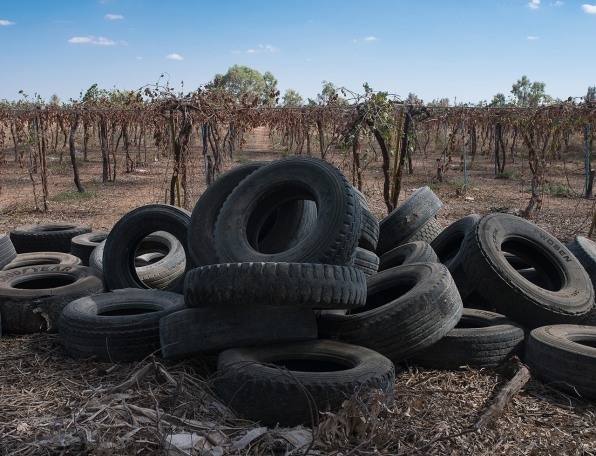
Just as the New York Times Magazine this week devoted around 30,000 words to the topic of climate change, it’s encouraging to see media outlets broadcasting the reality that climate change is happening now, and its effects are being felt across the globe. But it’s especially significant to see this coming from The Weather Channel because, too often, climate-change skeptics dismiss the phenomenon as nothing more than fluctuations in the weather, rather than a sustained and systemic transformation. While the site, as Hayes says, has long been dedicated to covering extreme weather in the context of climate change, with this series it’s redoubling its efforts. “The core of The Weather Channel is meteorology and science,” Hayes says, “so the editorial concerns that flow from that are very straightforward. It’s our job to communicate them.”
(37)

